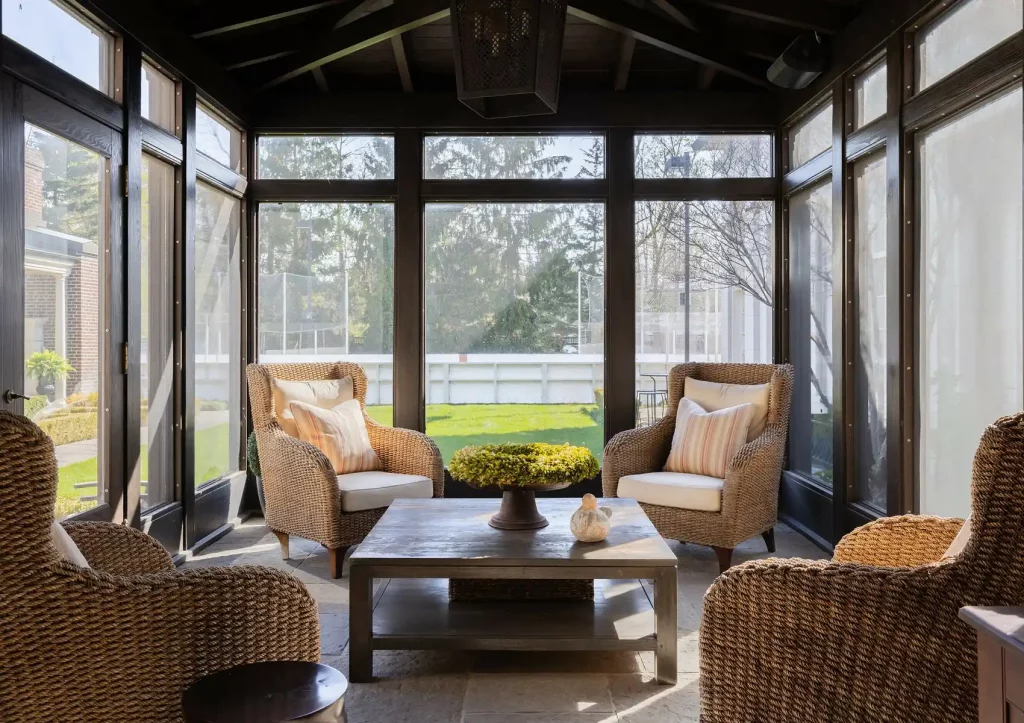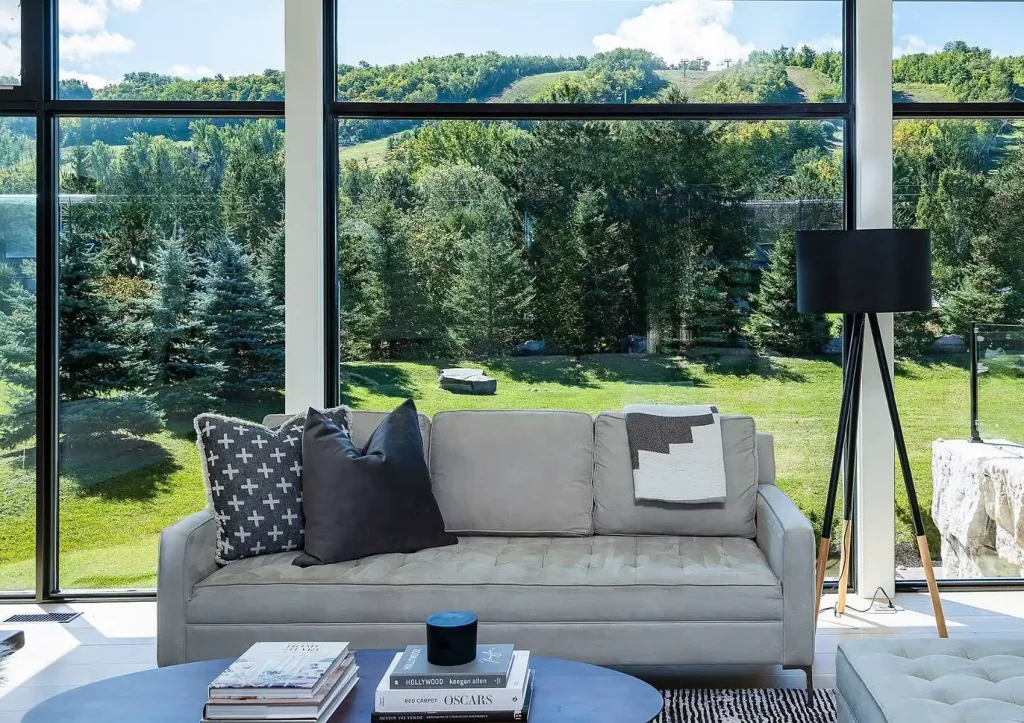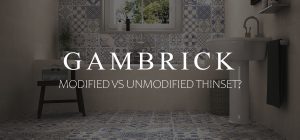
The Benefits Of Having A Sunroom

By John Mazzuca | About | More Posts |
John Mazzuca is a custom home builder with over 25 years experience in the construction industry. John has designed, managed, and built hundreds of homes & construction projects.
A sunroom offers a variety of benefits, including increased natural light, a connection with the outdoors while being sheltered from adverse weather, additional living space, and potentially an increase in property value. These glass-enclosed spaces provide a unique area in the home where you can enjoy the beauty of the surroundings without being affected by the elements.
Natural light is one of the primary advantages of a sunroom. Exposure to sunlight can boost vitamin D levels and improve mood, making a sunroom an ideal place for relaxation and rejuvenation, especially in the Winter when most people spend less time outdoors. Ample amounts of light can also reduce the need for artificial lighting, leading to energy savings during daylight hours.
For those with a green thumb, a sunroom can serve as a greenhouse for plants that thrive in abundant light, enhancing the room’s ambiance with natural greenery.
A sunroom creates a versatile space that can be used for various activities, such as a reading nook, an exercise area, or a space for a hot tub. It acts as a bridge between the indoors and outdoors, allowing you to enjoy the landscape in all seasons, whether it’s the bloom of spring, the lushness of summer, the colors of fall, or the serenity of a winter scene.
A well-built sunroom addition can be an attractive feature for potential buyers, often increasing the overall marketability and value of a property.
I’ve been a NJ sunroom contractor for over 25 years and can tell you firsthand how beneficial a sunroom can be. But to get the most value out of it, make sure it’s well built, properly insulated, and designed to flow with the home’s aesthetic so it doesn’t look like a tacked-on cheap addition.

Increased Natural Light
Sunrooms allow tons of natural light to enter the home, which can improve mood, offer health benefits like increased vitamin D, and reduce the need for artificial lighting during the day. But to take advantage of natural light you must position the sunroom correctly in relation to the sun.
A sunroom built in the North should ideally face south to capture the most sunlight throughout the day. This orientation takes advantage of the sun’s path to provide consistent light and warmth, which is especially beneficial during the colder months.
But If the sunroom is in the Southern Hemisphere, the ideal orientation would be north-facing for more solar gain and light. Regardless of the hemisphere, the key is to maximize exposure to the sun’s path, which varies depending on the local latitude.
Natural light is a powerful mood enhancer and has been shown to fight depression and increase happiness. The bright, airy environment of a sunroom can help alleviate the symptoms of Seasonal Affective Disorder (SAD) by simulating the outdoor light levels that often decrease in the fall and winter months.
Exposure to natural light during the day helps regulate the body’s natural circadian rhythms, which can lead to better sleep patterns and overall improved health.
Natural light can make a space feel more open and inviting. It can visually enlarge a room and eliminate the need for artificial lighting during the day, which can lead to energy savings.
Natural light also has benefits for indoor plants, which often thrive in the environment a sunroom provides. This can lead to improved air quality inside the home, as plants can filter out certain harmful chemicals and produce oxygen.

Enhanced Home Value
Adding a sunroom can increase the overall value of a property by adding desirable square footage and improving the aesthetic appeal of the home. But to take full advantage of the value add a sunroom can bring, it should be integrated into the square footage of the home. If a sunroom is considered living space, it’s valued at the same square footage price as the home itself.
For example, if a home is valued at $400 per square foot, an integrated sunroom addition will also be valued at $400 p.s.f.
In this example, if the sunroom cost $400 p.s.f. to build, you would break even on the investment. However, if it cost $350 p.s.f. to build, you would profit $50 p.s.f.
Sunrooms also appreciate in value at the same rate as the house when they’re considered living space. In this example, if the home appreciates at 4% per year, an integrated sunroom will also appreciate at the same 4% per year because it’s considered living space.
In order for a sunroom addition to be integrated, it must meet the standards for living space. This means it must be fully enclosed, have electricity, insulation, and heating. These types of sunrooms are called four-season rooms because they’re design for Summer, Fall, Winter, and Spring.
Year-Round Enjoyment of the Outdoors
A sunroom offers the practical advantage of year-round enjoyment of the outdoor environment, irrespective of the weather conditions. It serves as a controlled space that allows for the appreciation of the outdoor scenery while providing shelter from adverse weather, such as rain, snow, or extreme temperatures. This feature is particularly beneficial for those living in climates with significant seasonal changes, as it ensures continuous enjoyment of the landscape.
During the colder months, a sunroom can capture the warmth of the sun, reducing heating costs and providing a comfortable space to enjoy the winter scenery without the discomfort of the cold. In warmer seasons, with the appropriate ventilation and shading, a sunroom remains a cool retreat, offering a bug-free zone to experience the summer without the annoyance of insects.
The design of a sunroom, with its expansive windows, also allows for ample natural light, which can improve well-being and reduce the need for artificial lighting. It’s a versatile space that can be used for a variety of activities, from a peaceful reading corner to a vibrant social area, all while maintaining a visual connection with nature. The ability to enjoy the outdoors while being protected from its less pleasant aspects makes a sunroom a valuable addition to any home.
Additional Living Space
The addition of a sunroom introduces versatile new square footage to a home, effectively extending the living area and providing homeowners with a flexible space that can be customized to suit a multitude of needs. But there are requirements that must be met before you can consider a sunroom living space.
To do it, the room must have electricity, be fully enclosed, insulated to code, and must be heated. Once you’ve met these requirements, and possibly some other depending on where you live, the room can be integrated into the existing home’s footprint and consider living space.
This extra room can serve as a tranquil lounge area, where family members can unwind in a light-filled space, or it can be transformed into an elegant dining area that offers guests a unique experience surrounded by views of the outdoors.
For those with hobbies that require ample light, such as painting or indoor gardening, a sunroom provides an ideal environment. It can also be equipped to serve as a productive home office, where the natural light and views can enhance focus and creativity. The adaptability of a sunroom also makes it an excellent space for exercise or yoga, providing a calming atmosphere that encourages a healthy lifestyle.
The inherent flexibility of a sunroom’s design not only meets a variety of functional needs but also adds a dimension of luxury to the home, making it a smart addition both for personal enjoyment and for increasing the home’s marketability.
Energy Savings
With the right energy-efficient materials and design, a sunroom can help reduce energy costs by harnessing solar warmth during cooler months and reducing the need to use electric lights.
A sunroom can contribute to energy savings in a home through what’s known as passive solar heating. During the cooler months, the sun’s rays penetrate the large windows, naturally warming the space without the need for additional heating. This can lead to a reduction in energy consumption, as the warmth gained during the day can help to heat adjacent rooms, decreasing the overall demand on the home’s heating system.
In terms of lighting, the extensive use of glass in a sunroom allows for an abundance of natural light, which reduces the need for artificial lighting during daylight hours. This not only saves on electricity costs but also reduces the energy demand from the grid, contributing to a more environmentally friendly home.
To maximize these benefits, it’s important that a sunroom is designed with energy efficiency in mind. This includes using double-paned or even triple-paned glass with low-emissivity (Low-E) coatings to minimize heat loss in winter and heat gain in summer. Proper insulation and ventilation are also key to ensuring that the sunroom remains a boon to the home’s energy profile year-round.
By harnessing the natural power of the sun for both heat and light, a well-constructed sunroom can offer significant energy savings, making it a smart, eco-conscious addition to any home.
Versatility in Use
The space can be adapted for multiple uses, such as a home office, exercise room, entertainment area, or a tranquil spot for meditation and relaxation.
A sunroom’s versatility is one of its most compelling attributes. This space can be tailored to a variety of uses, adapting to the changing needs of homeowners. As a multipurpose area, it can function as a serene retreat for reading or meditation, benefiting from the calm ambiance provided by natural light and views of the outdoors.
For those who entertain, a sunroom can be transformed into a welcoming space for social gatherings, offering a unique setting that is both indoors and connected to the natural environment. It’s also an ideal spot for a home office, where the abundance of daylight can enhance productivity and focus.
Families may use it as a playroom for children, a safe and bright space for play and creativity, or as an exercise room where adults can stay active while enjoying the view. The sunroom can even serve as an informal dining area, where meals can be enjoyed against the backdrop of the garden or skyline.
The key to a sunroom’s versatility lies in its design — it’s a blank canvas that can be customized with furnishings and decor to fit any desired function. This adaptability not only makes a sunroom a practical addition to a home but also adds to its appeal and potential value.
Improved Mental Well-being
The exposure to natural light and the outdoors can have a positive effect on mental health, reducing stress and promoting a sense of well-being.
A sunroom can play a significant role in enhancing mental well-being. The abundance of natural light is a natural mood booster, helping to fend off feelings of depression or the winter blues. Exposure to sunlight increases the brain’s release of serotonin, a hormone associated with boosting mood and helping a person feel calm and focused.
Incorporating a sunroom into a home provides a dedicated space for relaxation and unwinding. It’s a tranquil area that can be used for stress-relieving activities such as yoga, meditation, or simply enjoying a quiet moment while surrounded by the outdoors. The panoramic views of nature and the changing seasons can also serve as a form of visual therapy, contributing to a sense of peace and contentment.
Furthermore, a sunroom can offer a retreat from the fast-paced, screen-dominated modern lifestyle, allowing for a digital detox. The serene environment encourages slower-paced activities like reading or engaging in hobbies that can reduce stress levels.
The psychological benefits of a sunroom extend to providing a sense of space and freedom, which is particularly valuable in urban environments where outdoor access may be limited. By offering a personal oasis, a sunroom can contribute significantly to improving the mental and emotional health of its occupants.
Space for Indoor Plants
A sunroom can act as a small greenhouse for indoor plants, providing the perfect environment for growing a variety of plants that can enhance the indoor air quality and ambiance.
A sunroom provides an ideal environment for nurturing indoor plants. The consistent and generous light that filters through the room’s windows creates a perfect setting for many plant species that require bright, indirect light. This can lead to healthier plants and more vigorous growth.
For those who enjoy indoor gardening, a sunroom can become a mini greenhouse. It can support a diverse range of flora, from humidity-loving tropicals to sun-thirsty succulents. The controlled climate of a sunroom, shielded from external weather extremes, ensures that plants get the stable environment they need to thrive.
The presence of plants in a sunroom isn’t just aesthetically pleasing; it’s also beneficial for the air quality. Plants are natural air purifiers, absorbing carbon dioxide and releasing oxygen. Some species can even remove toxins from the air, leading to a healthier living space.
Moreover, the act of tending to plants in a sunroom can be a therapeutic hobby, offering a sense of accomplishment and relaxation. It’s a space where one can engage with nature and practice mindfulness, fostering a connection with the living elements indoors.
Increased Aesthetic Appeal
Sunrooms can be designed to complement the architectural style of a home, adding a touch of elegance and charm that boosts curb appeal.
A sunroom can significantly enhance a home’s aesthetic appeal. Its design, featuring large windows and ample natural light, can create a focal point that is both visually striking and inviting. The architectural details of a sunroom, whether modern with clean lines or traditional with ornate finishes, can add character and distinction to a home’s exterior.
The integration of a sunroom often involves thoughtful design that complements the existing structure. When executed well, it can make a seamless transition between the indoor and outdoor spaces, enhancing the overall flow and feel of the home. This can be particularly appealing to potential buyers, as the sunroom can serve as a showcase of the home’s potential for elegant living and entertaining.
Inside, the sunroom’s interior offers a canvas for homeowners to imprint their style. Whether furnished as a chic lounge with modern decor or a cozy nook with classic touches, it can elevate the home’s interior design. The panoramic views provided by a sunroom can also act as living artwork, changing with the seasons and time of day, contributing to the home’s dynamic beauty.
Social Space for Hosting
It provides a unique and inviting area for hosting guests, offering a space that is both comfortable and connected to the beauty of the outdoor environment.
A sunroom naturally evolves into a social hub for hosting guests. Its inviting ambiance, created by the flood of natural light and panoramic views, makes it an ideal setting for gatherings. The space is versatile, easily accommodating anything from casual brunches to elegant evening soirees.
The design of a sunroom, with its openness and connection to the outdoors, encourages a relaxed atmosphere. Guests can enjoy the beauty of the outdoors without the inconvenience of inclement weather. This makes the sunroom a year-round option for entertainment, not limited by the seasons.
For more formal events, the sunroom can offer a backdrop of sunsets or starlit skies, adding a touch of sophistication to dinner parties. It’s also a comfortable and warm space for casual get-togethers, where guests can feel at ease, surrounded by the tranquility of nature.
A sunroom can be equipped with amenities that enhance its function as a social space. Comfortable seating, adjustable lighting, and even a small kitchenette or bar area can be incorporated to facilitate hosting. These features ensure that the sunroom is not just a place to gather, but a place where hosting is effortless and enjoyable.
If you have any questions or comments email or leave a comment down below.

John Mazzuca | About | More Posts |
Custom Home Builder
John Mazzuca is a custom home designer and builder at Gambrick with over 25 years experience in the construction industry. John has designed, built and/or remodeled hundreds of homes, small buildings, and commercial projects. He writes about business, real estate, home building, and household electronics. His work has been featured in Fox Business, Better Homes & Garden, House Beautiful, and more.



















